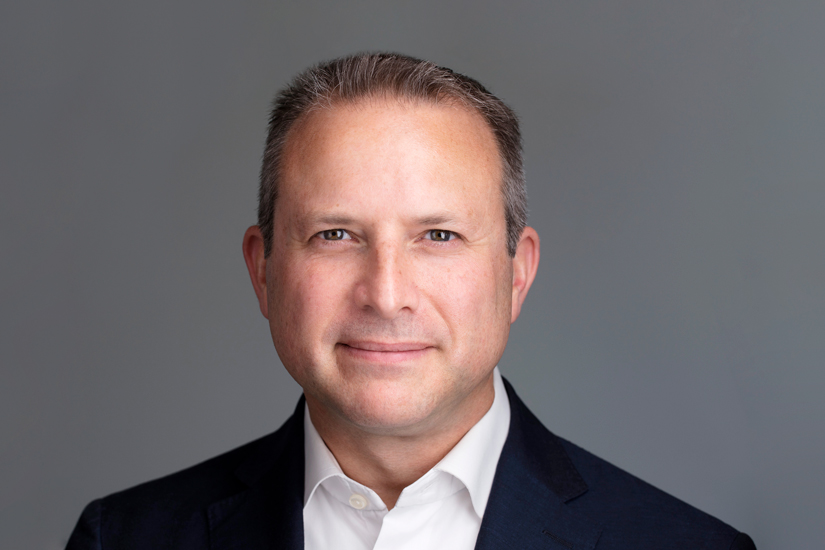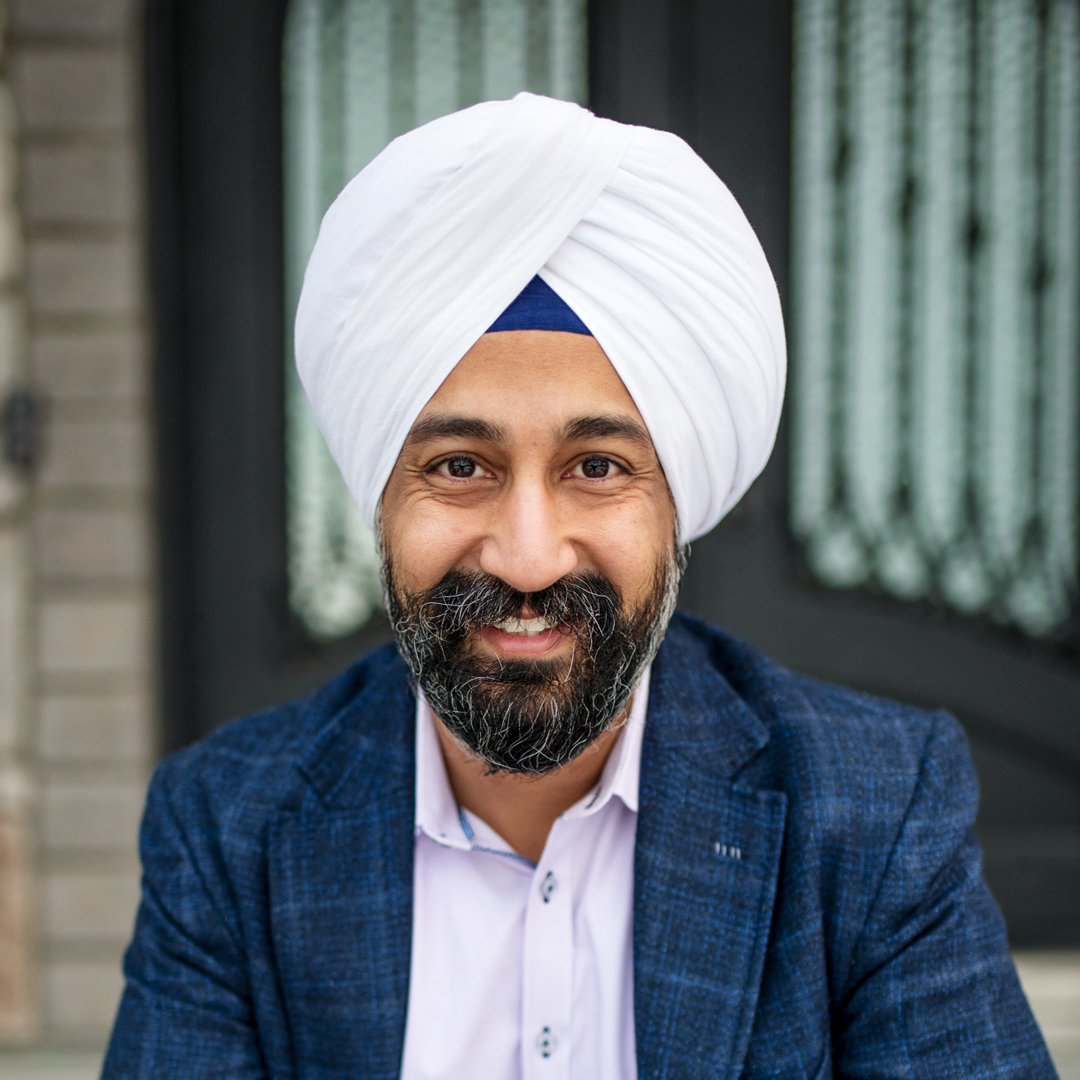Avon is a global cosmetics and social selling brand that is just about as iconic as any.At the heart of the business are millions of independent Avon representatives, the driving force behind the company for more than 130 years. Founder David H. McConnell was a pioneer of women’s empowerment long before women’s rights were widely recognized. Today, this legacy is supported by over 25,000 associates in more than fifty markets across the globe. But this legacy can also challenge innovation, especially in today’s fast-moving business environment.

So how, as a senior legal executive, do you transform a culture to drive innovation across a global organization with this rich history? Richard Davies, the former vice president of legal and compliance at Avon and its recently appointed global chief compliance officer, takes this challenge head-on and makes real innovation in legal and compliance his mission.
“I’ve learned that it’s very hard to drive change within a legacy culture, but it’s absolutely possible,” Davies says. However, when a company is faced with legal and business challenges like Avon is, and seeking to turn the business around, Davies notes the importance of the company’s top leaders maximizing the opportunity to adjust the behaviors, processes, and expected results that will lead to change.
In this environment, Davies likes to move carefully, but quickly. “Let’s just say that, here, I don’t believe that patience is a virtue. It is actually a vice in a turnaround,” he says, “because as you wait around, the world can change before you.” Davies continues that “true change can only happen with the right individuals, in the right roles and then truly unleashing them to deal with the toughest challenges.”
True to his word, Davies has introduced innovative ways to fully utilize the individuals in the legal and compliance team who are at the forefront of his change agenda. He has balanced the need for market-based internal resources with a process-driven global legal and compliance function, including driving consistency through new Centers of Excellence in London and São Paolo to handle compliance processes. “I think we’ve had a lot of success in retaining key talent, in a competitive environment, through giving team members real growth opportunities,” Davies says, as he continually benchmarks Avon’s team and organization, “and building for the long-term through smart use of technology and selective legal process outsourcing.”
“Legal and compliance should be as focused on the end-consumer of their services–usually the company’s employees–as would a sales or marketing team.”
Yet even with the right individuals and processes, Davies argues, effective leadership is vital for long-term progress against the most complex challenges. Last year, Davies and his team took inspiration from Avon’s CEO, Jan Zijderveld, who asked his senior leaders to be “change agents” in support of his “Open Up Avon” strategy for Avon’s turnaround. Davies also cites Eric Ries and his book, The Startup Way, as a key source for helping him on the journey to drive the right mentality within his team.
So, Davies used Avon’s turnaround as an opportunity to evolve “task forces” his team had been previously leading into a set of “agile light” innovation teams, which are cross-functional teams that are set up to find solutions to critical challenges, using testing to find the right end-to-end solution. “We may not have used all the formal trappings of agile methods, but we were close,” Davies says. He notes that “think big, start small, and scale fast” became his team’s new mantra.
In the process, Davies closely aligned his team with Avon’s “must win battles” and set the stage for new ideas to emerge and innovation to take root. “I believe strongly in the fast-start mentality, and so we got right to work,” Davies says. The sense of urgency and the alignment to the current business challenges provided a renewed sense of purpose for the legal compliance team, Davies notes, but also an avenue to drive more cross-collaboration with the markets and other functions, like finance, HR, supply chain, and audit.
Davies launched one agile team to reconnect the legal compliance function and brand to the company’s broader mission to empower women, and another team to help the business drive growth through capitalizing on the competitive advantage of the legal compliance program, including to activate sales in the field. Avon general managers acted as liaisons and advisers. The deadlines for results were short, and they were real. Davies jokes that he “struggled just a bit” with the right role of the function leader, including the balance of giving these teams the freedom and flexibility they need to innovate with what Davies calls “executive guidance.”
These teams have since launched a completely rebranded, simplified legal compliance program, tied closely to the company’s mission to empower women, and a series of initiatives that have supported Avon’s business turnaround in the markets through innovative ideas such as linking Avon’s long-standing focus on integrity in its sales efforts. “It’s been a successful effort and it’s really attributed to the process for driving change using the start-up mentality,” Davies says.
“In multinationals, a key learning for me is that internal functions must act as if they are part of a start-up, or they risk losing the buy-in of their business partners. Legal and compliance should be as focused on the end-consumer of their services–usually the company’s employees–as would a sales or marketing team,” Davies says. He adds that he and his team “have become laser-focused on our internal consumers, on winning their hearts and minds, on teamwork, and on understanding that our performance and the results we deliver really impact the bottom line.”

